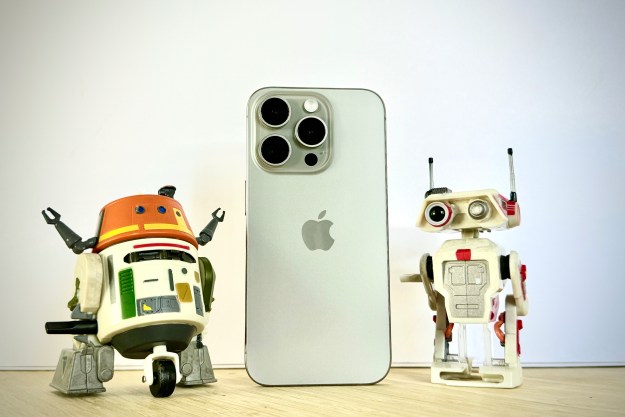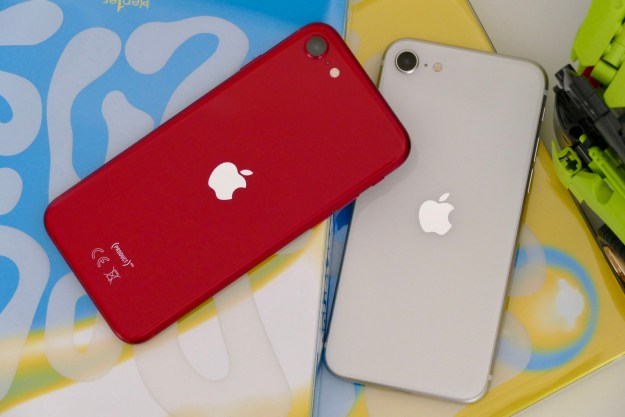The Apple logo has long lived on the back of the iPhone, but apart from looking pretty, it hasn’t really done all that much. That, however, could soon change. According to a new patent that Apple has applied for, the Apple logo on the back of the iPhone could one day double as a notification light.
The patent describes an “adjustable decoration” that could react to signals like “incoming communication.” It’ll do this by adjusting its appearance or flashing a light.
Of course, the concept of a notification light isn’t new by any means. Plenty of Android devices have offered notification lights, which are basically small lights somewhere on the phone’s body that flash or turn a different color depending on the notification received. It can be a handy feature for those who want to make sure they don’t miss anything major without having to pick up their phone all the time.
As noted by Apple Insider, the concept wouldn’t necessarily have to apply only to iPhones either. Up until a few years ago, the Apple logo on the MacBook lit up when you opened the lid — and it’s certainly possible that Apple could bring back that design element, or port it over to the iPhone.
The patent itself notes that the “decoration” would consist of a transparent layer, along with an adjustable optical component that can change how light would appear through that layer. For example, you could get a tint effect, a haze effect, a mirror effect, and so on — and those effects could presumably be tweaked through the Settings app on the iPhone. If the concept turns out to be as effective as it seems, the logo on the device could end up looking similar to how it currently looks — and only change when there are notifications.
The patent specifically refers to a “cellular telephone,” which suggests that Apple is mainly considering the tech for an upcoming iPhone model, rather than for a Mac or another device. That said, the images in the patent also show a laptop and an iMac.
Ultimately, Apple files patents for all kinds of tech — and it often ends up not using those patents, so it’s possible we’ll never see a notification light on the iPhone.
Editors' Recommendations
- This one Apple Fitness feature completely changed how I exercise
- AirTags range: here’s how far the tracker can reach
- Nomad’s new iPhone case and Apple Watch band may be its coolest yet
- 5 phones you should buy instead of the iPhone 15
- iPhone 16: news, rumored price, release date, and more


